A good, true story: “Hebron Presbyterian Church gained considerable notoriety from its pictorial history over the years that was published in the Atlanta Journal and Constitution. It became even more widely known when Olive Ann Burns made Heron an intricate part of her book Cold Sassy Tree. And while there’s no record of Grandma Twitty actually being buried sitting upright in her rocking chair, many of the Burns family make the annual pilgrimage to attend Homecoming on the first Sunday in August.”
I think this winter will be a time for hunting down historic rural churches in Georgia! I hope you enjoy the photos, the history, and think about making the journey to some of these awesome places. We knew this Presbyterian Church was going to be special the moment we got out of the SUV. It had all the pieces in place of a community meeting place. There was a school, a church, and a stunning graveyard.
This is Hebron Presbyterian located in Banks County. The outside of this historic church is so simple and inviting. It begs for you to come inside.
You can’t see the second door but it is there. Two doors, two entrances—usually one for men and one for women. But I bet when it comes to this church, they were simply included for flow. Up to this point, all the churches we had visited were locked. I totally understand that. I get it in our world today. So, I didn’t think we would find an open door here but we did!
The brief history I read said that in the late 1700’s, a group of Scotch-Irish settlers came together to build a community in northeast Georgia. It wasn’t long before they built a place of worship. Hebron Presbyterian was established in 1796 and began holding services in a log cabin structure that later burned. The current church was constructed in 1805.
We stepped inside this wonderful church with paneling and polished floors. Everything was perfectly in place. I almost felt like a “time invader!”
The history brochure went on to say, “Since the early days of the church, Hebron has offered Communion at the ‘long tables.’ The table in this photo was build in 1805—the same year the church was constructed. My friend remarked, “Thirteen chairs! One for each disciple and one for Jesus.” She was right—Let us all come to His table.
I couldn’t believe I found this basket of fans with wooden handles from years gone by. I wasn’t going to miss a chance to photograph this and the opportunity to think of those who used them in the sultry heat of our Georgia summers.
Most of the pews had been replaced, but I found an original one in the back with square head nails!
I have a deep affection for doors. Everyone who knows me realizes this. So many emotions pass through doors—joy, sorrow, happiness, and most of all hearts of worship and fellowship.
As we walked up to the cemetery, we were chattering like crazy and celebrating the fact that we easily got inside this historical church and photographed it. That just doesn’t happen every day for Sunday afternoon travelers. Then we turned to walk over the cemetery and realized that we were in a sacred place. It was hallowed ground to say the least.
All around us were graves of Revolutionary War soldiers. Quietness fell over us, and we stood for a long time reading the headstones and smaller monuments. Here were the graves of the men and also women, gave their lives for freedom and for our country. How do you even begin to say,”Thank you.” It just doesn’t seem to be enough. Even “Thank you for your service” seems trite. I know one thing: I certainly never once thought about “taking a knee.” Instead, I wanted to salute each one for their bravery and courage.
The cemetery was established in 1803 and is home to over 20 revolutionary war veterans and also soldiers, who fought in the Civil War. Can you imagine what the earlier settlers went through? Alone in a massive country, that was filled with danger at every turn, these brave people built small forts and communities never knowing when they would come under attack. They fought to be free from British rule, and they fought for a chance at a new life. Yes, Let the “rocks cry out” over their bravery.
One thing we did notice is that Hebron’s cemetery has been mapped and as many graves as possible marked. I had to wonder How many of these men knew General Washington, or fought alongside him in Virginia? That’s a valid question, right?
A sweet yellow flower reminds us of the tender summer moments that all of us cherish. The church history brochure contains these words: “We believe that when you come to Hebron, whether on a Homecoming Sunday or in the early morning when you are the only one in the church or in search of a Confederate or Revolutionary war soldier, you will feel the very presence of God.”
When I kept seeing this markers in the ground, I called out to friends, who were reading material about the church and cemetery. It’s a marker of where a person is buried. Archaeologists now have a way to digitally scan the ground and see exactly where graves are located. They mark them and then research to find the identity of the person.
I just thought these headstones were dramatic. They reminded me of ones that I have seen at Paul Revere’s church in Boston or ones that I saw when I was in London. Well, most of us did come from England or another European country.
As we were leaving, we spotted a map with numbers and letters and names on it. Because I have studied some about living in the wilds of northeast Georgia during the 1700’s and 1800’s, I know these people had very difficult lives.
The guide material pointed out that the first thing a group of people would do when moving to a new location was to build a church. Settlers moved often due to Native Indian attacks or because of the weather conditions though I doubt weather was a main threat. But disease certainly was. It was all about survival in the New World!
I’m have lots of fun hunting down these historic churches! You can visit them, too. Check out this link Historic Rural Churches of Georgia.

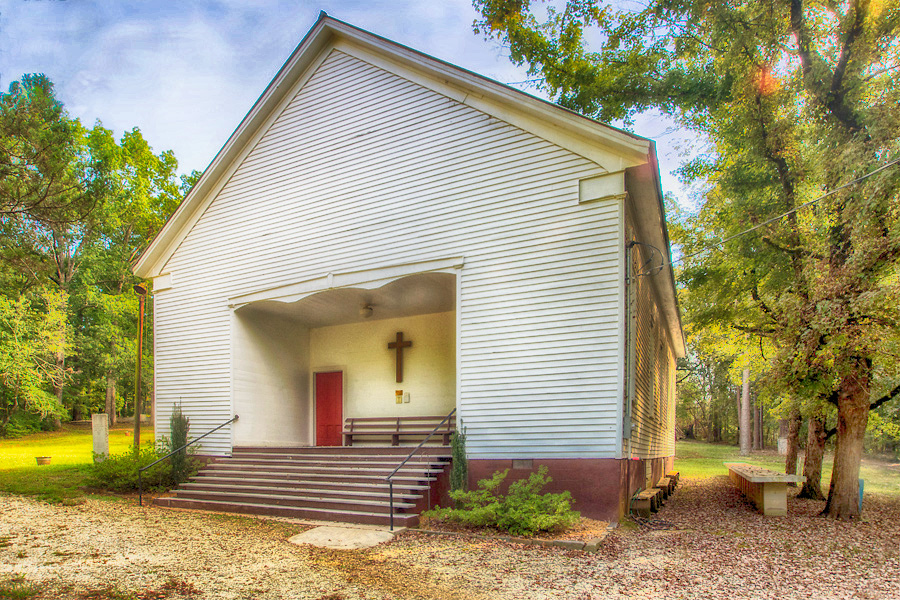


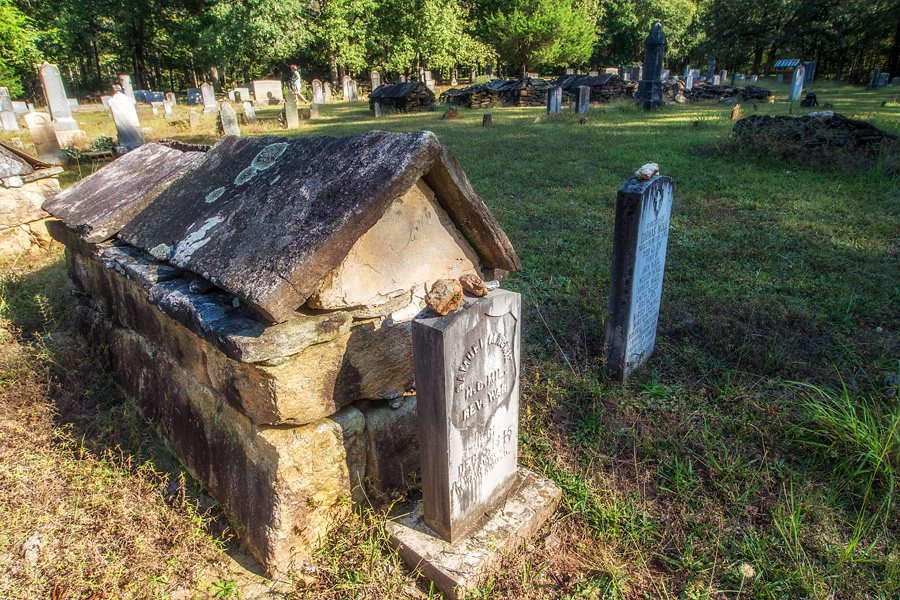





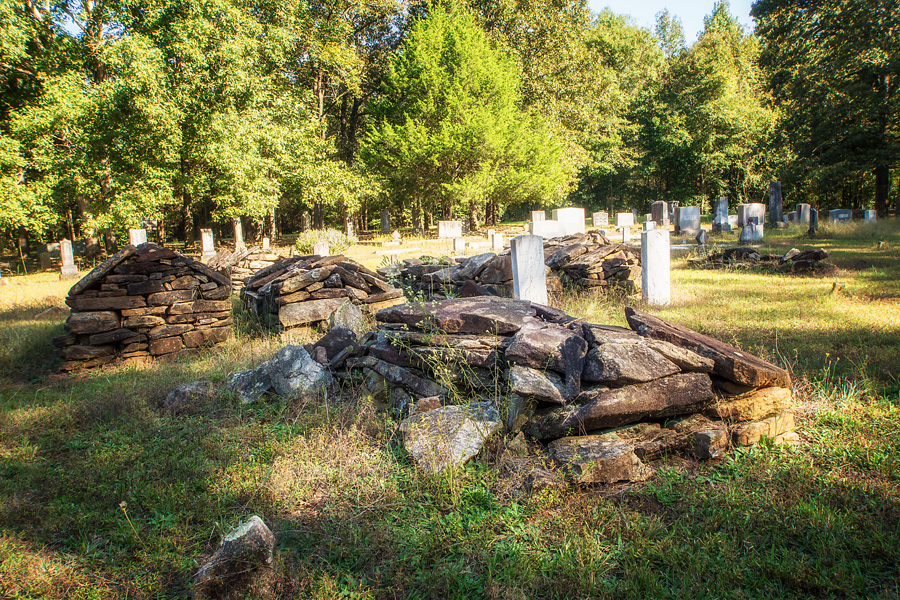




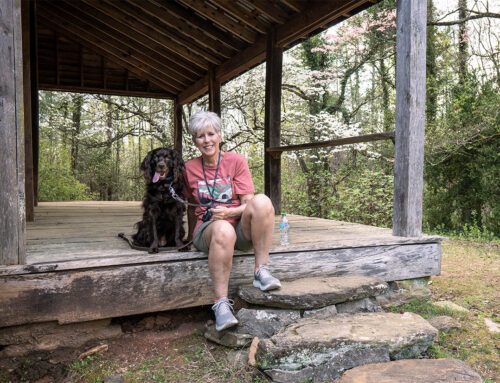
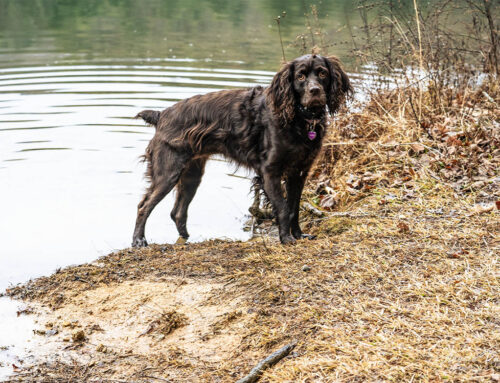
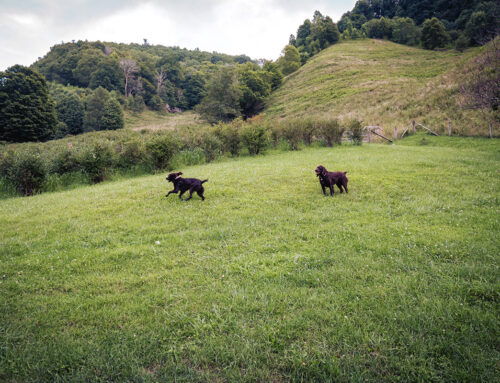
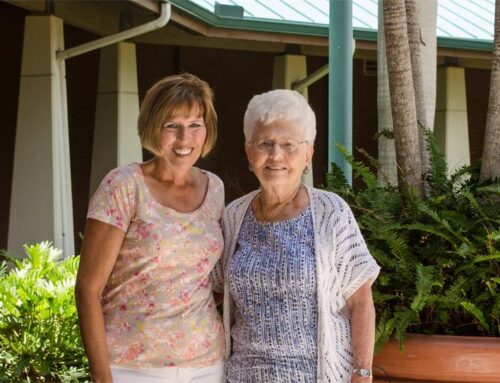
Leave A Comment